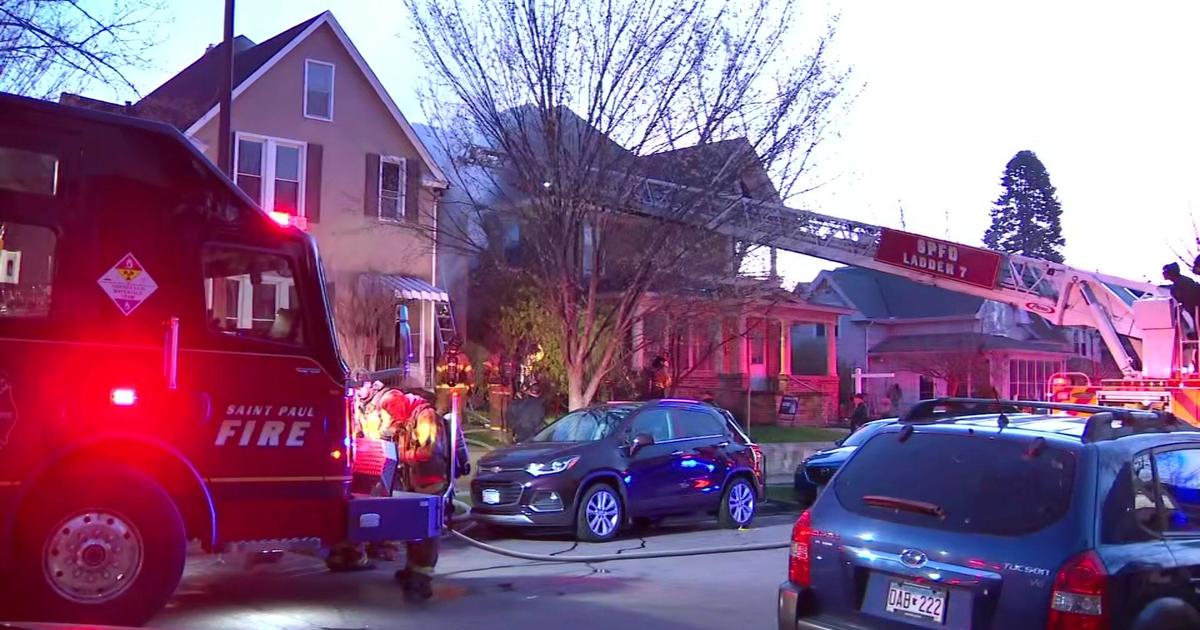Officials Declare No-Wake Zone On St. Croix River
STILLWATER, Minn. (WCCO) -- The heavy rain from this week is causing the St. Croix River to rise to levels we don't usually see in October.
The state expects the river level to fall just short of minor flood stage when it peaks on Tuesday. A no-wake zone is in effect for now.
This year's Stillwater Fall Art Festival sits along a backdrop that looks a lot like summer.
"First I wasn't sure why it was there until I saw how high the water was and the pavilion over there you can't get to and so then I figured out they just don't want people getting too close to the river," Mary Sorenson said.
Sorenson always stops by the St. Croix when she visits Stillwater.
"I try and get here every year," she said.
She's never seen the river so high in October.
"We've had so much rain the last couple weeks I'm sure that it's just from that," she said.
The Minnesota Department of Natural Resources is advising boaters go no more than 5 miles per hour for the weekend.
"I'd rather have it lower, of course, but you can't fight nature, that's for sure," Richard Gebhart said.
The no-wake zone is in place for boaters to avoid any danger from floating debris and river currents, made faster with the rising water level.
"Usually you can walk down on the boardwalk part down there," Gebhart said.
The river is expected to crest Tuesday at 684-and-a-half feet, just 2-and-a-half feet short of the minor flood stage, leaving those who usually enjoy the sights around Stillwater shocked by the rising river.
"You don't notice so much looking at the river that it's high unless you're used to seeing where the level usually hits. It turns into more of a lake than the usual river," Sorenson said.
The high water no-wake rules apply to the 52-mile river stretch from the dam at Taylors Falls to Prescott, Wisconsin.




